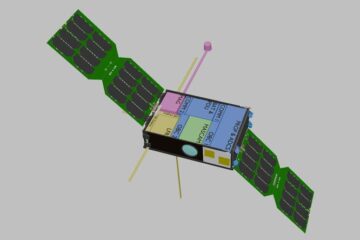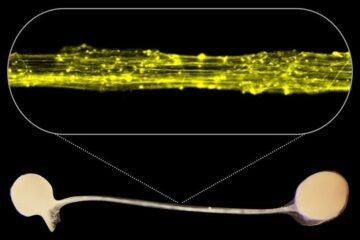Conflict resolution in cyberspace

Thanks to support from successive EU-funded projects, Tiga Technologies, an advanced IT consultancy, is creating a spin-off company to commercialise a pioneering electronic arbitration system called e-Dispute.
The e-Dispute prototype provides fast online arbitration, mediation and conciliation services. Claimants and respondents can be anywhere in the world and select from a range of languages to work in. They can send messages securely and explain their preferences to an arbitrator.
“Robot agents digest all the information and make proposals to the parties,” explains Jacques Gouimenou, managing director of Tiga Technologies. “Once the arbitrator is agreed upon, the robot agent finds a suitable ‘meeting’ date for everybody.” Meetings are supported via video conference and chat room facilities. “Our system reduces delays and costs. It is also very secure,” he adds.
To evaluate the prototype arbitration system with potential customers, Gouimenou won funding from the European Commission ‘s eTEN Programme for the e-Dispute project. Acknowledging its undisputed advances to date, it has since been voted eTEN project of the month for December 2005.
The e-Dispute platform has been successfully piloted at the European Court of Arbitration and the Emilia-Romagna Chamber of Commerce. Further trials are scheduled at several UK hospitals to assist with claim resolution.
Recently, Gouimenou attended the European Tech Investment Forum in Berlin seeking capital for this latest venture. “We are now looking for €1.5-2m investment to set up a company dedicated to the promotion and commercialisation of the e-Dispute system,” explains Gouimenou. “There is a huge market for e-Dispute and we want to maximise our chances with professionals.”
Before reaching this point of commercialisation with electronic arbitration, Tiga Technologies, founded by serial entrepreneur Gouimenou in 1997, has followed an instructive and enlightening R&D path.
In the late nineties, Tiga Technologies coordinated an ESPRIT programme-funded project called PRONEL involving Hugin, Siemens and Schlumberger. The project developed a special data mining software tool that enabled probabilistic relationships between variables in a dataset to be identified and illustrated in a simple graphical form called a Bayesian network.
“When it finished, we continued working on the subject in cooperation with Schlumberger, providing consultancy,” elaborates Gouimenou. “We also started the IST-funded project e-Arbitration-T, building on the results achieved in PRONEL.”
For e-Arbitration-T, Tiga Technologies and their project partners developed an Internet-based system to help resolve disputes between small and medium-sized enterprises (SMEs). “We developed a platform and autonomous agents capable of reasoning based on experience and that could improve their arbitration behaviour incrementally,” says Gouimenou. Software developed in PRONEL helped with mathematically modelling the relationships and possible outcomes between disputing SMEs, and together with the results from e-Arbitration-T, form the basis of e-Dispute.
Tiga Technologies itself develops software based on learning and distributed intelligence technologies such as neural networks, mobile agents and grid technologies. In turn, the software is applied to a diverse range of industries – e-commerce, telecommunications, finance and insurance and the automotive sector.
Media Contact
All latest news from the category: Communications Media
Engineering and research-driven innovations in the field of communications are addressed here, in addition to business developments in the field of media-wide communications.
innovations-report offers informative reports and articles related to interactive media, media management, digital television, E-business, online advertising and information and communications technologies.
Newest articles

Caution, hot surface!
An international research team from the University of Jena and the Helmholtz Institute Jena are demystifying the mechanisms by which high-intensity laser pulses produce plasma on the surface of solids….

Exploring the Asteroid Apophis With Small Satellites
In five years’ time, a large asteroid will fly very close to Earth – a unique opportunity to study it. Concepts for a national German small satellite mission are being…

First model of the brain’s information highways developed
Our human brain is not only bigger and contains more neurons than the brains of other species, but it is also connected in a special pattern: Thick bundles of neurons…





















